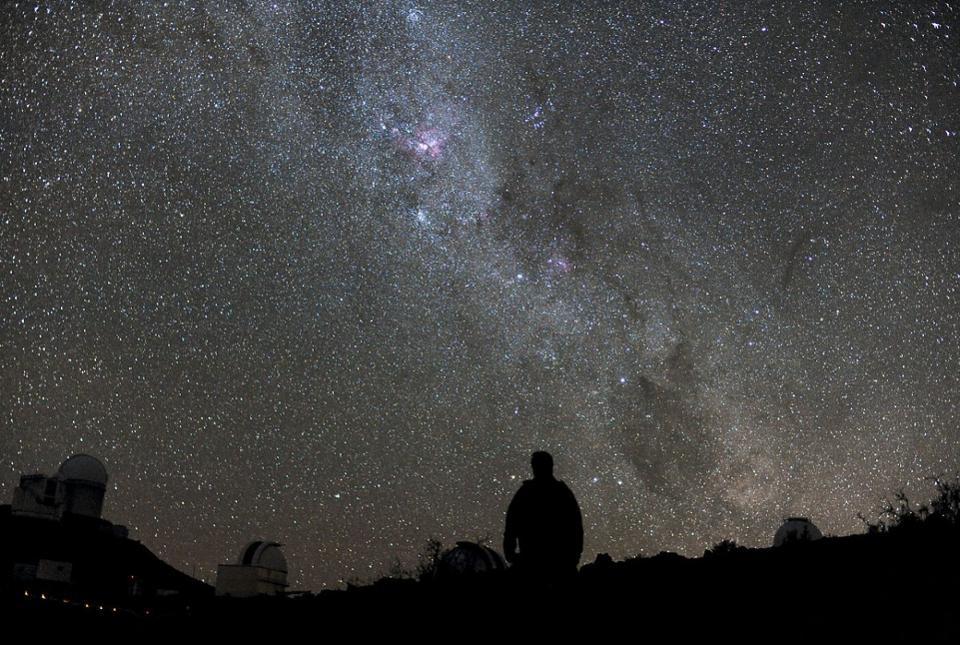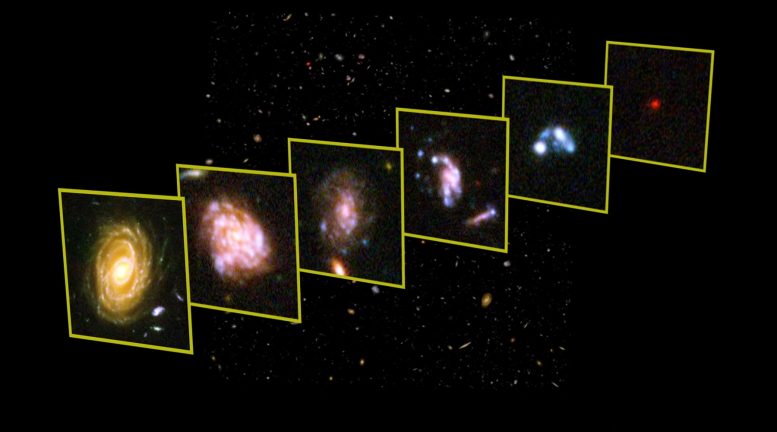Supernova 1987A appears as a bright spot near the centre of this image of the Tarantula nebula, taken by the ESO Schmidt Telescope.Credit: ESO
He was just starting out in science the last time it happened, in February 1987, when a dot of light suddenly appeared in the southern sky. This is the closest supernova seen during modern times; and the event, known as SN 1987A, gained worldwide media attention and led to dramatic advances in astrophysics.
Nakahata was a graduate student at the time, working on what was then one of the world’s foremost neutrino catchers, the Kamiokande-II detector at the Kamioka Underground Observatory near Hida, Japan. He and a fellow student, Keiko Hirata, spotted evidence of neutrinos pouring out of the supernova — the first time anyone had seen these fundamental particles originating from anywhere outside the Solar System.
Now, Nakahata, a physicist at the University of Tokyo, is ready for when a supernova goes off. He is head of the world’s largest neutrino experiment of its kind, Super-Kamiokande, where upgrades to its supernova alert system were completed late last year. The improvements will enable the observatory’s computers to recognize when it is detecting neutrinos from a supernova, almost in real time, and to send out an automated alert to conventional telescopes worldwide.
Astronomers will be waiting. “It’s gonna give everybody the willies,” says Alec Habig, an astrophysicist at the University of Minnesota, Duluth. Early warning from Super-Kamiokande and other neutrino observatories will trigger robotic telescopes — in many cases responding with no human intervention — to swivel in the direction of the dying star to catch the first light from the supernova, which will come after the neutrino storm.
But when the light arrives, it could be too much of a good thing, says Patrice Bouchet, an astrophysicist at the University of Paris-Saclay who made crucial observations of SN 1987A, from the La Silla Observatory in Chile. The brightest events, which would shine brighter than a full Moon and be visible during the day, would overwhelm the ultra-sensitive but delicate sensors in the telescopes used by professional astronomers.




